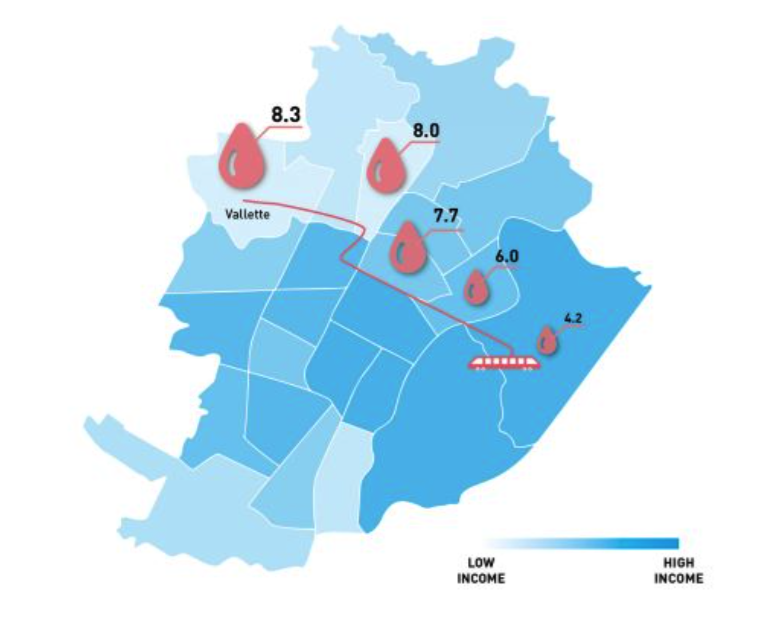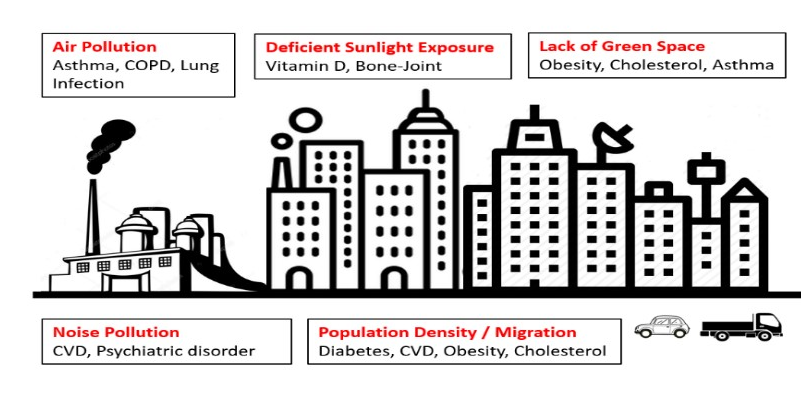City Know-hows

The concept of 20-minute neighbourhoods promotes more local grocery shopping. While the concept holds the potential to foster active travel, car use remains the prevailing mode of transport when shopping for food.
Share
Target audience
Urban designers and planners, transportation planners, public health officials and policy makers
The problem
Many cities globally (e.g. Portland, Melbourne, Glasgow) have adopted new urban planning policies such as the “20-minute neighbourhood”, with the aim of promoting better lifestyles through improved service provision close to home. While numerous benefits related to local, active and healthy living have been projected, evidence to underpin those claims is generally lacking.
What we did and why
We conducted an online survey amongst residents of 20-minute neighbourhoods and non-20-minute neighbourhoods in Melbourne and Adelaide, Australia. 20-minute neighbourhoods were high-service provision areas with access to healthy food, community facilities (e.g. schools), recreation facilities (e.g. gyms), public open spaces and public transport. Non-20-minute neighbourhoods had limited-service provision. We examined whether neighbourhood design impacts where people grocery shop, how often they visit grocery stores, and the transport mode they use to access grocery stores.
Our study’s contribution
We found that:
• residents of 20-minute neighbourhoods travelled shorter distances to visit food stores than those of non-20-minute neighbourhoods;
• residents of 20-minute neighbourhoods more frequently visited an additional fruit and vegetable outlet than those of non-20-minute neighbourhoods;
• although travelling by car was the most dominant mode of transport to access food stores across both neighbourhood types, walking to food stores was more common amongst residents of 20-minute neighbourhoods than non-20-minute neighbourhoods.
Impacts for city policy and practice
Creating 20-minute neighbourhoods may be a means to promote local living, including more local grocery shopping. To encourage active travel for food shopping, neighbourhoods should also have a safe network of walking and cycling lanes connecting residents to local stores. These urban planning efforts should be paralleled by the promotion of behaviours facilitating a convenient use of active transport for grocery shopping (e.g. the use of shopping trolleys and cargo bikes).
Further information
Full research article:
Exploring food shopping behaviours in 20-minute neighbourhoods: a cross-sectional analysis of ProjectPLAN by Laura H. Oostenbach, Alissa J. Burnett, Karen E. Lamb and Lukar E. Thornton
Related posts

From data to policies: let the data speak! Making local policies more evidence- informed about health and health inequalities. Developing a community engagement toolkit to address health inequalities in urban settings.

New research on India’s ageing population reveals urban-rural disparities’ impact on health. Urban areas see high rates of obesity, cardiovascular diseases, diabetes, and high cholesterol. Urgent call for urban planning and health policies

Community well-being is acknowledged as being ‘greater than the sum of its parts’. Our paper identifies current gaps in Community well-being assessments and recommends participatory mixed methods.